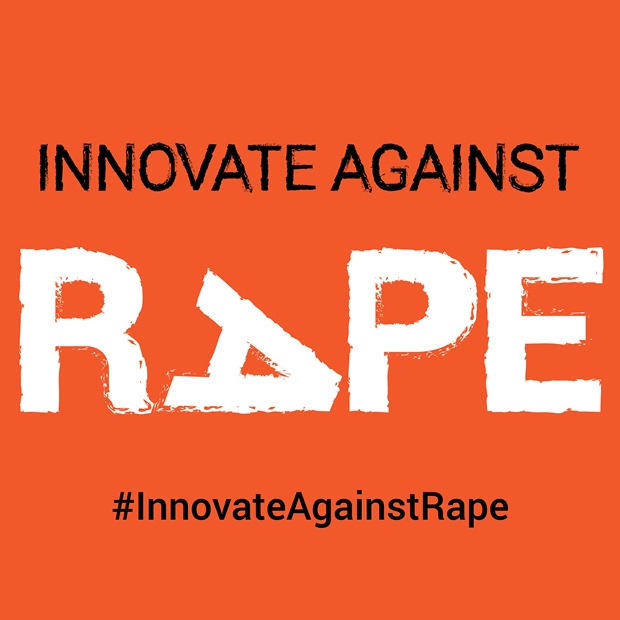
If I were to rewind all the way back to the beginning of 2015, wait that’s only three months. Let’s go further back to the beginning of January 2014. It was the beginning of the year. Social media or rather life-as-we-know-it was gripped in a campaign called #100HappyDays. We by now had learnt to hashtag and title case every conversation, as if it were an important archive to be preserved in the annals of history - yours, mine, ours - collaborative white noise. The days quickly ended and what remained was collective seething rage - white noise if unattended only gets louder. We learn to make peace with it and in time, it’s as inconspicuous as that hum that your refrigerator makes. In the silence, it’s your only companion. But when there are literally a #100Things vying for your attention, it’s just as dull as the hum.
I’m talking about India’s favourite social ill to discuss, rage, rage, rage, rage… and then discard - Rape. The Nirbhaya case of 2012 led to a corrective recourse of our country’s ennui-ridden justice system. Yes it criminalized molestation, it changed the definition of rape, it led to fast-track courts being set up for crimes against women and it awarded captial punishment. #Women’sRights, #Nirbhaya, #HangTheRapists became hashtag drivel that we either filtered to ignore or filtered to alert. We liked, we commented, we CAPS LOCKED OUR collective pain and we raged, and we raged, and we raged, and we raged, and we lynched, and we raged, and we raped again, and we raged, and we called women weak, and we raged, and we molested, and we raged. Rape became a national headline all over again and news reportage got more provocative.
Even as the Censor Board for cinema came up with new words, terms and set up regulations to cleanse our cinema of any ‘profanity’, rape reportage got more and more provocative in it’s description of vagina-ripping, intestine-destroying detailing. Rape is a dehumanising crime, psychologists will tell you. It’s victim shaming and hate of women that makes the culprit cause that kind of damage. News media and social media dehumanises the survivor in making the gore read spectacularly vile enough to make you want to feel the violation. This subversion as inhumane and as fearsome and real, is sold in entertaining parcels - intriguing enough for you to want to consume them.
Leslee Udwin’s recent documentary, the very hashtag-able and smartly marketed #India’sDaughter reminded us that we should never stop being angry. We should always hate the man, and protect the woman. It’s prefixed with a hashtag, it was supposed to release on Women’s Day, it won a ban in the week in India when every big thing got banned including beef, it got members of Parliament - from Kirron Kher, Javed Akhtar to the Rajnath Singh and newsman Arnab Goswami debating it’s relevance. People may not know who Jyoti Singh is, but they sure do know who #Nirbhaya, #MukeshSingh, #Rape and now #India’sDaughter is. Elsewhere in the world, men are butchering men up in the name of religion and using the same rage-friendly social media to spread their jihad. #Iraq, #Nigeria, #Syria… just some nations that have won the priceless hashtag prefix that is tagged with #ISIS, #Jihad and #BokoHaram. Religious fundamentalism in the Middle East is weighed in the same scale against campaign hits as is rape in India. Every other website will break down in listicles a 10-step plan to knowing everything from how to tell a good touch from a bad one to even what kind of dessert is the best. In Egypt, the Tahrir Square activism led to an Arab Spring across the Middle-East and it’s short-sighted campaign success has led to a civil war that is consuming the region in it’s self-convulsed world of infamy and narcissism.
But hey all this is hashtag-able, and the campaign is completely bug-free.

















